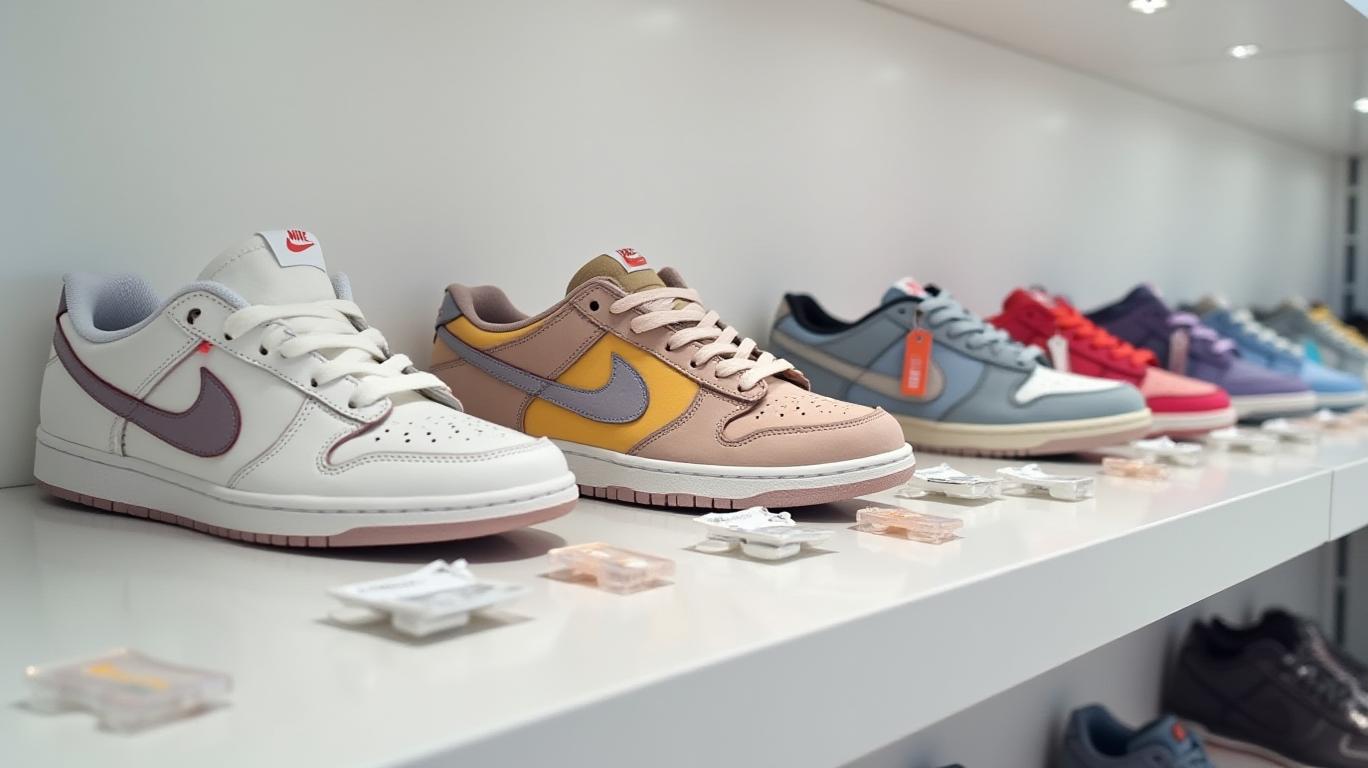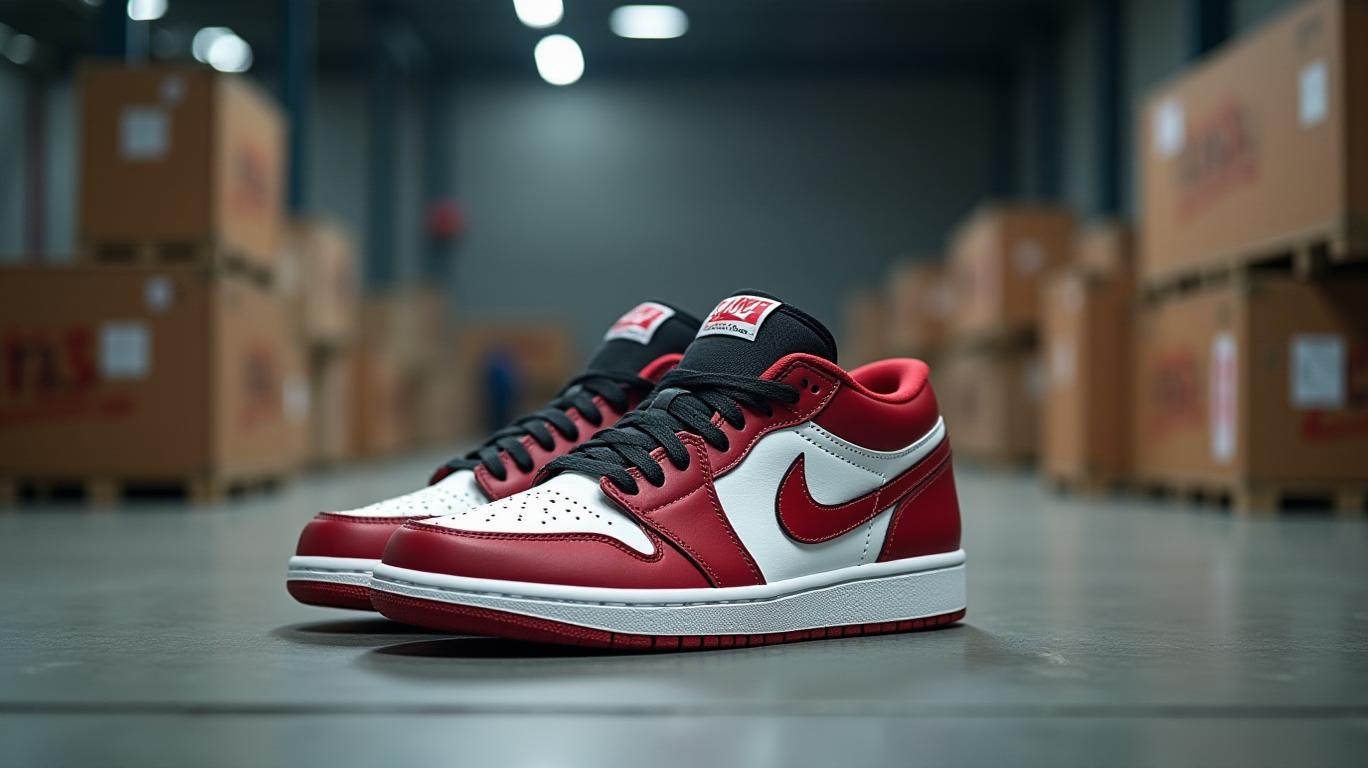Nike Braces for Double-Digit Sales Dip Amid Tariffs and Waning Consumer Confidence
In recent developments, Nike has issued a cautionary statement indicating a probable double-digit percentage decline in its fourth-quarter sales, as it contends with fresh tariffs, waning consumer confidence, and a slower-than-anticipated recovery. The sportswear giant anticipates a sales drop towards the lower end of the "15% range" in the quarter ending this May, coupled with a projected decline in its gross margin by 4 to 5 percentage points due to efforts in clearing excess inventory that no longer attracts consumer interest—a trend likely to persist until the fiscal year of 2026.
Nike CFO Matt Friend, addressing analysts, pointed out the myriad external factors contributing to this uncertain operational milieu, such as geopolitical dynamics, tariff issues, fluctuating exchange rates, and tax rate variability, all of which interplay with consumer confidence. Nike’s guidance stands starkly below analysts' consensus estimates, which had previously braced for an 11.4% decline for this quarter.
The turbulence surrounding Nike’s financial expectations emerged despite the otherwise positive surprises in their fiscal Q3 results. The company recorded earnings per share of 54 cents, overtaking the anticipated consensus of 29 cents, alongside revenues of $11.27 billion, exceeding forecasts of $11.01 billion. This period saw net income come in at $794 million, or 54 cents a share, down from $1.17 billion, or 77 cents, a year earlier.
Despite these earnings surpasses, challenges remain for Nike, chiefly highlighted by a 9% drop in sales to $11.27 billion amidst weakened demand in the critical December holiday period, with a notable "double-digit" fall experienced in January and February. Similarly, the company's gross margin slipped by 3.3 percentage points to 41.5%, primarily fueled by costs associated with inventory clearance and the rollout of new product designs.
A key focus for Nike involves stimulating innovation that historically positioned it as a market leader. CEO Elliott Hill, having returned last year after departing in 2020, underscored the necessity for agility amidst intensifying competition. He remains committed to reviving growth by restoring relationships with wholesale partners, reigniting innovative strides, and winning back athletes who ventured to rivals, though these goals are yet to bear full fruition.
Efforts include expanding direct-to-consumer revenues, which fell by 12% in the quarter to $4.7 billion, while wholesale revenues also declined by 7% to $6.2 billion. Economic dynamics pose additional hurdles, illustrated by January's U.S. government tariffs on Chinese imports potentially impacting Nike's profit margin without commensurate adjustments in retail pricing.
Nevertheless, Nike shows promise in broadening its female customer base through collaborations, such as a recent partnership with Kim Kardashian's Skims brand aimed at launching NikeSKIMS, which underscores a strategic initiative to penetrate the women’s market more effectively and compete with brands like Lululemon. If positive signals continue from new product releases and collaborations, peripheral challenges may simply amount to background noise for the company.











“I want to share my experience with 𝐂𝐚𝐭𝐡𝐞𝐫𝐢𝐧𝐞 𝐄. 𝐑𝐮𝐬𝐬𝐞𝐥𝐥👥Facebook page. Get the edge in crypto trading chat, who has been an exceptional crypto trader. Her trading signals are incredibly accurate, and especially now with Bitcoin soaring, she has helped me generate significant profits. Catherine is honest, trustworthy, and truly committed to her clients’ success. She is not a scam or an imposter—she’s the real deal and genuinely cares about helping people. If you’re considering crypto trading, don’t miss this opportunity. Reach out to her on Facebook and see for yourself!”